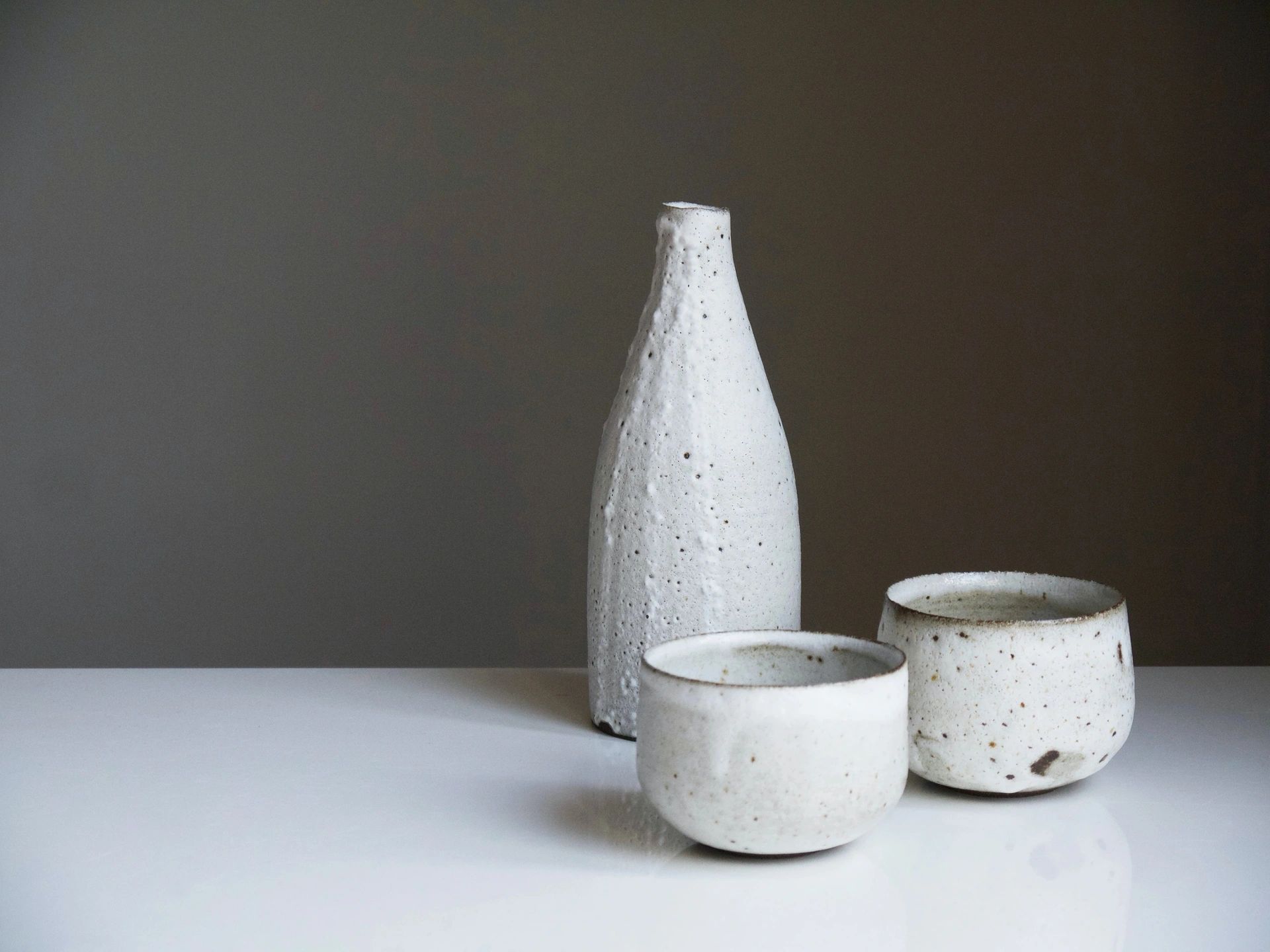Home Cleaning With Vinegar: The Do’s and Don’ts

The number of cleaning solutions and agents available may put you in a confused state. If you are one who is cautious about the substances that you have to deal with or handle, you would probably go through each and every bottle or box. You would want those less toxic, not hazardous to health but are harsh to dirt and germs. But oftentimes, these variables that you are looking for in the perfect cleaning solution are inversely related. Not only that, you also are wary about the cost of these cleaning solutions that is not on the cheap end of the price range. What to use then?
To the rescue is a kitchen condiment that you might not think has a cleaning capability – Vinegar. Yes, distilled white vinegar. If you are aware of what is in the vinegar then you would understand why it is being used as a cleaning solution. Plus, it doesn’t cost much as the cleaning solutions available in stores.
Chemical Composition of Distilled White Vinegar
Generally, vinegar is composed of acetic acid, water and traces of other chemicals that may include fruit juices and other flavourings. It is the concentration of the acetic acid that brings out the various types of vinegar. Distilled white vinegar, in this case, contains 4% – 7% acetic acid.
Going deeper, acetic acid has antibacterial and antifungal properties. If diluted, it is used as a cleaning agent.
The Don’ts in Using Vinegar in Cleaning
While we already established that the vinegar is a good cleaning agent, not everything in your home can withstand the vinegar’s acidity without being damaged. Here are the things that you shouldn’t use vinegar to clean:
- Marble or granite countertops – the acetic acid in the vinegar can corrode the surface and your countertops might lose its natural shine.
- Waxed wood – much like the vinegar’s effect on natural stone, it can strip the wax off and dull the natural shine of your furniture.
- Tile grout – acid can dissolve the calcium component of the grout rendering it ineffective for its purpose.
- Kitchen knives or other metal – there are two contrasting opinion about using vinegar in cleaning metal or stainless steel. Others find it effective in cleaning metal but science would state that it can become corrosive and can dissolve metal.
- Egg stains or mess – eggs have protein enzymes that when mixed with acid, or vinegar, for this matter, will coagulate and thus form a glue-like substance making egg stains or mess more difficult to clean.
- Pearls – the nacre of the pearls is made of calcium carbonate that will react with the acetic acid in vinegar. It can dissolve the pearls but not as immediate. It’s a good quick test though to check the authenticity of your pearls.
Major don’ts when using vinegar in cleaning is mixing it with other cleaning agents. If you mix it with bleach, chlorine gas is produced which can cause respiratory problems. If you mix it with hydrogen peroxide, it will produce the toxic, peracetic acid which can also cause respiratory problems apart from skin and eye irritation. Remember the volcano experiment? That is produced if you mix baking soda with vinegar. If you store it in a stored container, it can explode.
The Do’s in Using Vinegar in Cleaning
You would be happy to note that while there are things that vinegar cannot clean, there are more and more things that you can use vinegar to clean. Here’s a list of some of those that you can clean with vinegar:
- Dishwasher – a cup of white vinegar placed in a dishwasher-safe container while the machine is running through a hot-water cycle can wash away grease and remove unpleasant odors.
- Microwave oven – like how you do it with the dishwasher, you put a cup of white vinegar in a bowl and run the oven for at least 5 minutes, on high. After, wipe all the grease and grime away from inside your microwave.
- Refrigerator – you can dilute vinegar in water then spray this solution to the soiled areas in your fridge and soak for a few minutes. Then, wipe everything down with a cloth.
- Shower head – vinegar can remove the limescale from your shower head. Immerse it in vinegar for a few minutes then wipe the limescale away.
- Clogged drain – you can do the volcano experiment here but do so with caution. Start by pouring hot water down your drain then dump in about half a cup of baking soda. Then after a few minutes, pour a solution of vinegar and hot water. Let that sit for a few minutes then flush out for the last time with boiling water.
- Humidifier – fill the reservoir with a mixture of vinegar and water. Run the humidifier for an hour then pour out the remaining liquid mixture. Rinse then fill the tank with clean water and run it for another hour.
- Toilet Bowl – pour about a cup of vinegar into the toilet bowl and brush. Let it sit for a few minutes then flush. If there are water stains, you can add borax to the water then brush and let it soak overnight.
- Washing Machine – add 4 cups of white vinegar to the washer. Let it run on high and in the longest cycle.
- Windows and Mirrors – mix vinegar and warm water, half and half, then place in a spray container. Spray on to the windows and mirrors to be cleaned and after, wipe with a clean cloth.
- Carpet – with the same solution that you use for windows and mirrors, you can spray onto the carpet making them damp with the solution. Let it soak for a few minutes then blot or pat with a rag.
A Simple Yet Smart Solution
There’s no excuses allowed then for you not to clean your homes. You don’t need to purchase the expensive cleaning agents. Just open your kitchen cabinet and grab that vinegar. Go clean!
